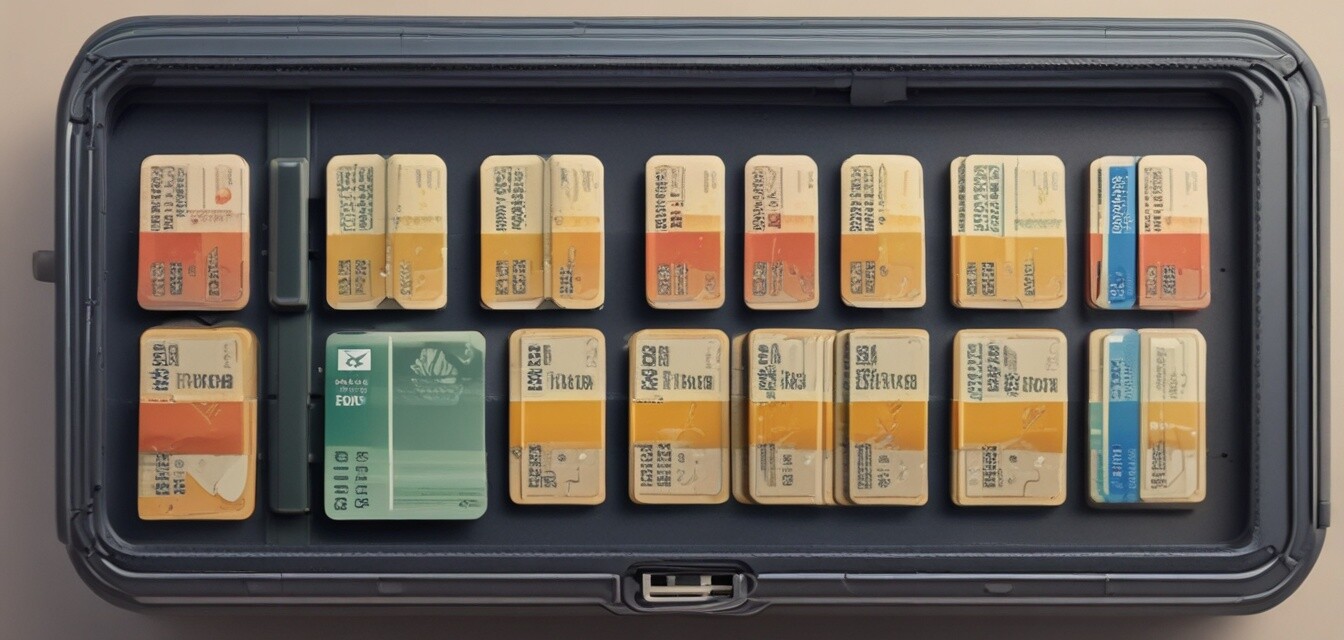
Best Practices for Keeping SIM Cards Organized
Key Takeaways
- Use SIM card organizers to keep cards accessible.
- Label each SIM card for easy identification.
- Keep a travel log of SIM card usage per country.
- Consider dual SIM phones for seamless comparison.
- Utilize SIM adapters if using multiple phone models.
Traveling internationally can be exhilarating, but managing multiple SIM cards can quickly turn into a challenging task. With the right strategies, however, you can keep your SIM cards organized, ensuring that you stay connected without hassle. This article will provide practical tips and best practices for keeping your SIM cards organized while you explore the world.
Why Organization Matters for SIM Cards
When you travel, having your SIM cards organized can save time, avoid confusion, and enhance your connectivity experience. Disorganized SIM cards can lead to:
- Frustration when trying to locate specific cards
- Potential loss of important data related to plans and usage
- Confusion about which card to use in different countries
Top Tips for Organizing Your SIM Cards
1. Use a SIM Card Organizer
Investing in a dedicated SIM card organizer can be a game-changer. These cases can hold multiple SIM cards, providing an organized way to store them securely. Here are a few features to look for:
| Feature | Description |
|---|---|
| Slots | Capacity to hold multiple SIM cards |
| Durability | Made from sturdy materials to protect cards |
| Compact Design | Easy to fit in travel bags and pockets |
2. Label Your SIM Cards
Labeling each SIM card with its corresponding plan or destination can save you considerable time. Consider using:
- Small stickers on the SIM card
- Color-coded labels for easy identification
- A note in your SIM organizer detailing what each card is for
3. Create a Travel Log
Keep track of your SIM card usage by maintaining a travel log. This log can include:
- The countries you've visited with respective SIM cards.
- Data plans used per SIM card and whether it was effective.
- Any issues faced while using a specific card.
4. Consider Dual SIM Phones
If your phone supports dual SIM capability, you can store two SIM cards at once. This setup offers:
- The ability to switch easily between cards
- Greater control over your data consumption
- The option to compare local plans and rates directly
For more information on dual SIM phones, check out our page on Dual SIM Phones.
5. Use SIM Card Adapters
If you're using phones from different manufacturers, a SIM card adapter can help. These adapters allow you to convert a micro or nano SIM card to fit into a standard SIM slot. They are lightweight and easy to carry, ensuring you never miss out on connectivity.
For more guidance on SIM card options, visit our Buying Guides page.
Conclusion
Staying organized while managing multiple SIM cards during your travels can greatly enhance your mobile experience. By using SIM card organizers, labeling your cards, maintaining a travel log, and considering dual SIM options, you can streamline your communication while abroad. With these tips, you can focus on enjoying your travels rather than stressing over connectivity concerns.
Pros
- Improved connectivity management
- Greater ease of access to mobile plans
- Reduced confusion and stress during travels
Cons
- Initial investment in organizers
- Requires commitment to keep track of cards